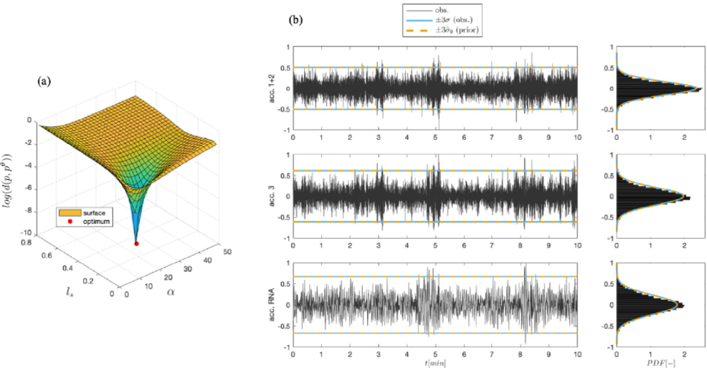Monitoring of existing structures and damage identification
The use of data-driven monitoring techniques has been accelerating for some decades, driven by technological advancements in sensor technologies and wireless communication in combination with fast evolutions in data analytics and machine learning/AI. Specifically in the field of vibration-based monitoring, sensing systems are being designed for the purposes of life-time extension, load monitoring, damage detection, the optimisation of (future) designs, etc.
Research focus
In the Dynamics of Solids and Structures section, we develop monitoring methodologies for data-driven assessment and diagnostics of structures, with attention to an optimal integration of physics-based models with machine learning techniques. Specific expertise include sequential Bayesian filtering (online state/input/parameter estimation), model updating, system identification and modal testing, and vibration-based damage detection. Our research is application-driven, with projects involving the instrumentation of full-scale structures like bridges and offshore wind turbines.
Industry partners
Rijkswaterstaat (Ministry of Infrastructure and Water Management), Dutch Provinces, Siemens Gamesa Renewable Energy
Contact
Hyperparameter optimisation in an offshore wind turbine load monitoring application
